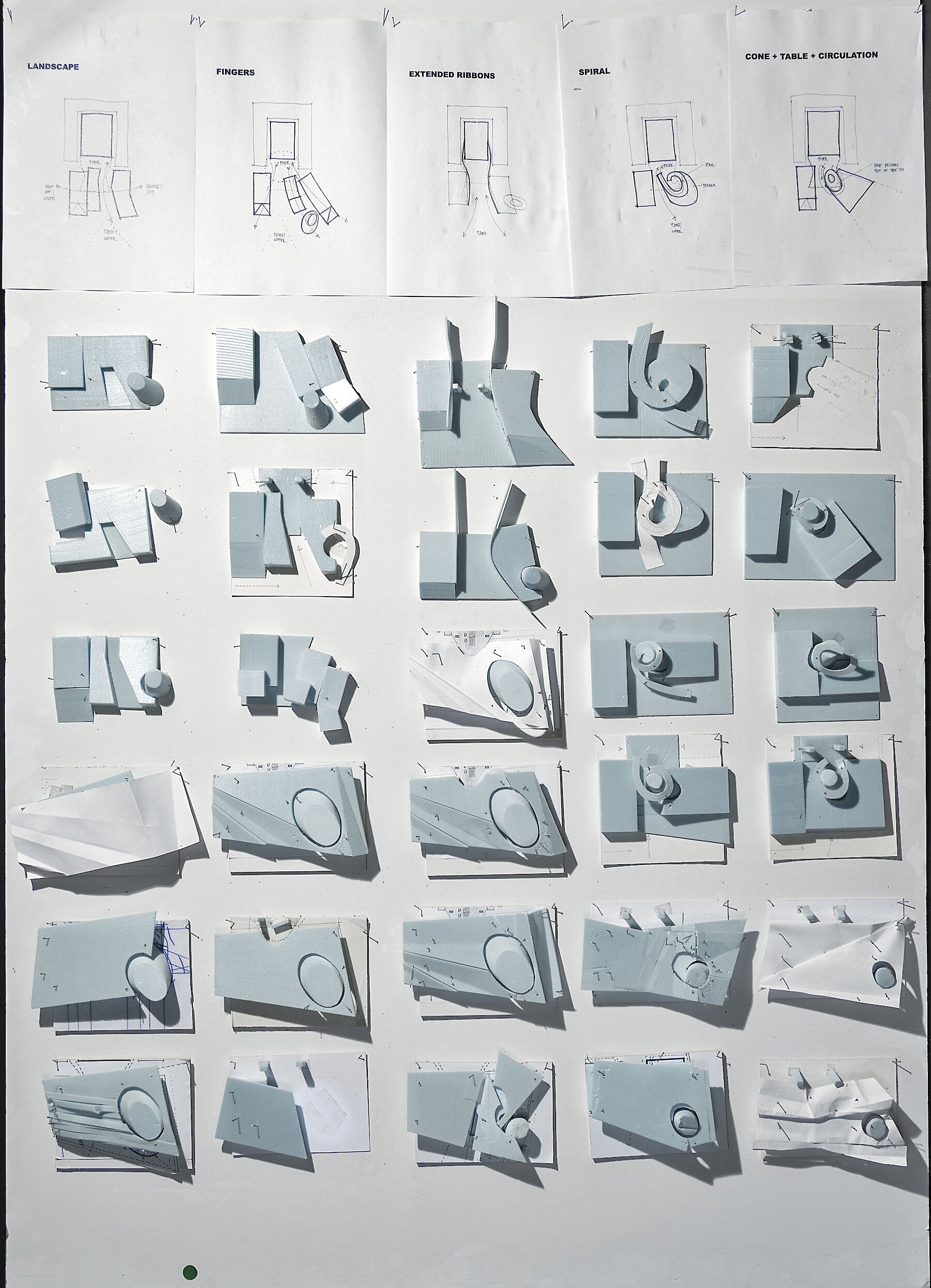House of Music
A creative center for Aalborg
A creative center for Aalborg
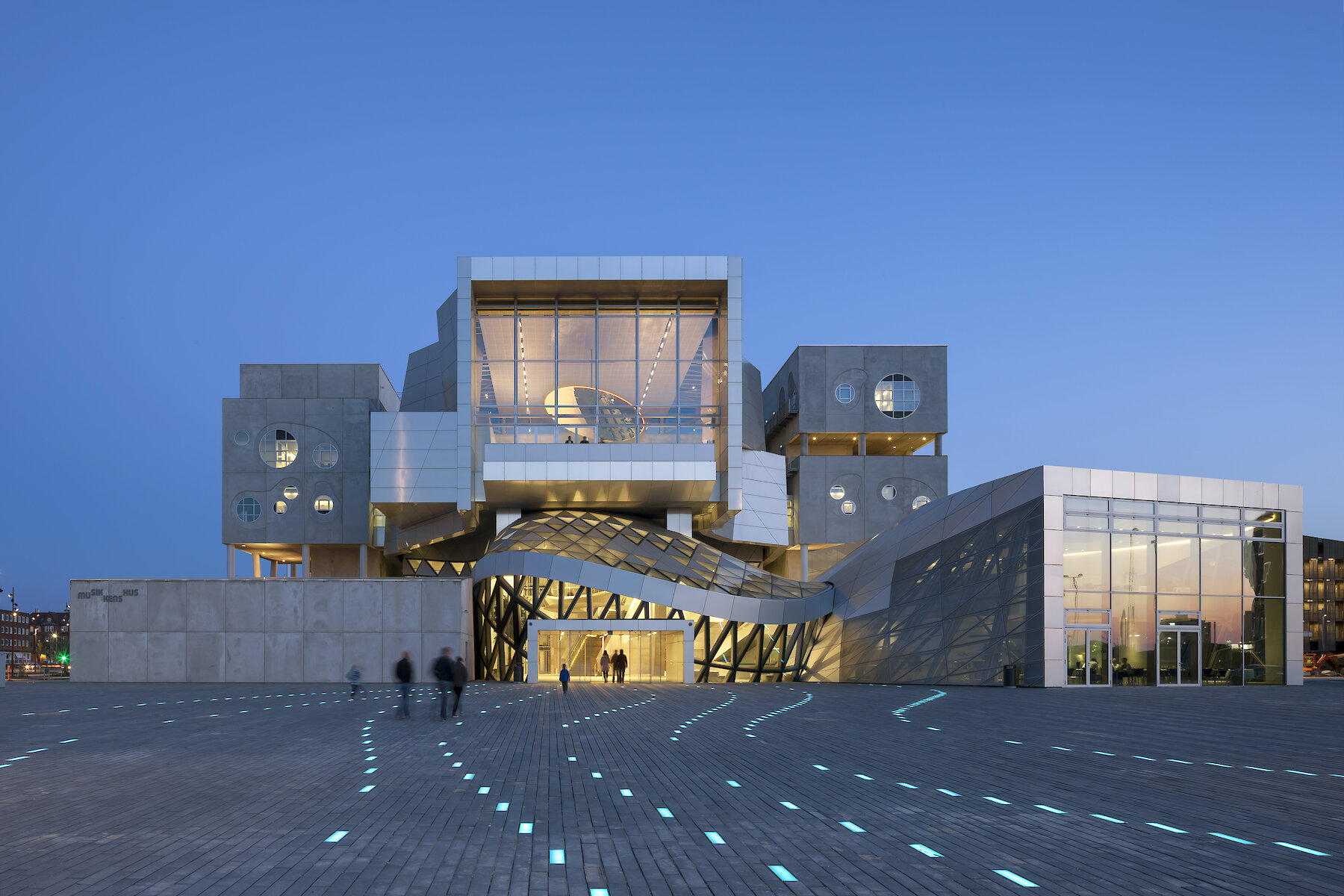
Unity between Music and Architecture
Quote
“Music is the art of striking a chord in people directly. As the body of musical instruments, this architecture serves as a resonance body for creativity in the House of Music.”
Project info
The building unites cultural values, pedagogical functions, and generous public areas in an open system that creates synergies and exchange — a hybrid space for shared use. The House of Music was designed as a combined school and concert hall: its open structure promotes the exchange between the audience and the artists, as well as the students and the teachers.
The building’s volumetry opens to the north in a vertical public foyer with views over the fjord and adjacent Culture Square. Three additional halls of various sizes and functions complement the main hall and are organized below the foyer in a vertical inversion of the classical front-of-house / back-of-house horizontal orientation. This arrangement allows to optimize floor area and provides a lively vertical social space where users and visitors can mingle. The organization is based on a foyer connecting a centralized 1,300-seat concert hall and a U‑shaped bar with educational functions placed over the backstage facilities in a courtyard scheme with the concert hall as its center. This typology is adopted to ensure adequate natural light and maximized views within an economical and efficient circulation system, and to establish close and centralized relationships between the performance and public spaces of the House of Music.
The House of Music is organized around the concept of sharing and synergy while recognizing the need for independence of the individual institutions it shelters. Wherever possible, the design supports space sharing as well as the overlapping of public and performance spaces.
Concert hall
The flowing shapes and curves of the auditorium inside stand in contrast to the strict cubic outer shape. The seats in the orchestra and curved balconies are arranged in such a way that offers the best possible acoustics and views to the stage. The highly complex acoustic concept was developed in collaboration with Tateo Nakajima at Arup. The design of the amorphous plaster structures on the walls and the height-adjustable ceiling suspensions, based on the exact calculations of the acoustic specialist, ensures an optimal listening experience. Thanks to its architectural and acoustic qualities, including an optimal noise-level reduction, the concert hall is one of the best for symphonic music in Europe, featuring the most renowned orchestras and musicians.
Foyer
The foyer serves as a meeting place for students, artists, teachers, and visitors. Five stories high with stairs, observation balconies, and large windows with views of the fjord, it is a lively and dynamic space that can be used for a wide variety of activities.
Energy concept
The natural thermal buoyancy is used for ventilation in the large vertical space of the foyer, instead of fans. Water-filled hypocaust pipes in the concrete floor slab are used for cooling in summer and heating in winter. The concrete walls around the concert hall act as an additional storage capacity for thermal energy. The fjord is also used for cost-free cooling. The piping and air vents are equipped with highly efficient rotating heat exchangers. In the concert hall, each seat is equipped with very efficient ventilation systems with low air velocities. The complex is provided with a building management program that controls the equipment in the building and ensures that no system is active when there is no need for it. In this way, energy consumption is minimized.
Lighting
Daylighting is an integral part of the building design reducing the need for artificial lighting. All artificial lighting fixtures are carefully selected depending on their electricity consumption, with a preference for fixtures using less energy wherever possible. The BMS regulates the amount of lux supplied by lighting, according to the amount of sunlight coming through the windows.
Project insights
- Location
- Aalborg, Denmark
- Client
- North Jutland House of Music Foundation
- Competition
- 2003, 1st prize
- Start of planning
- 2008
- Start of construction
- 2010
- Opening
- 2014
- Site area
- 42 827 m²
- Gross floor area
- 20 257 m²
- Footprint
- 5 508 m²
- Height
- 30 m
- Number of floors
- 7

Duccio Malagamba
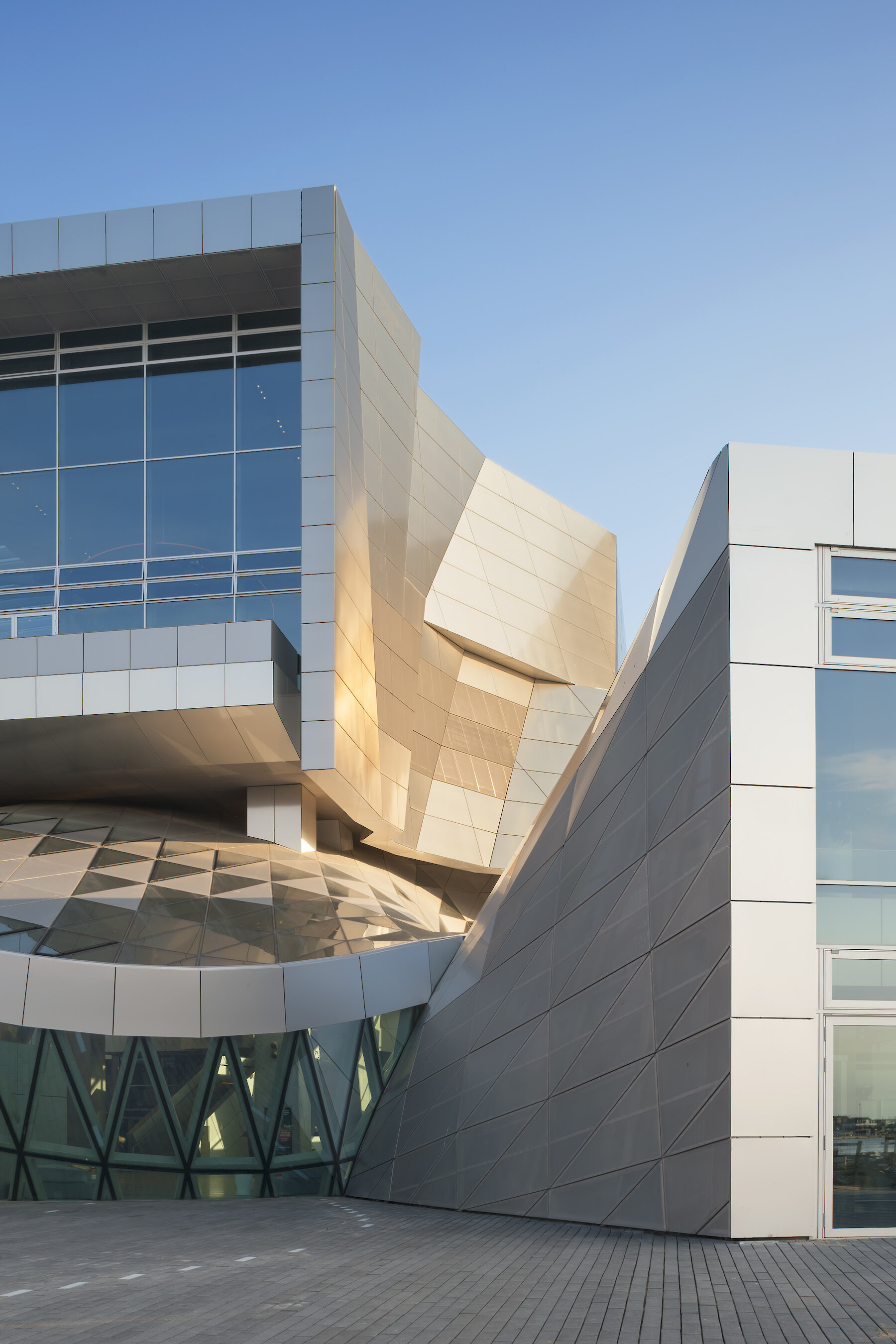
Duccio Malagamba
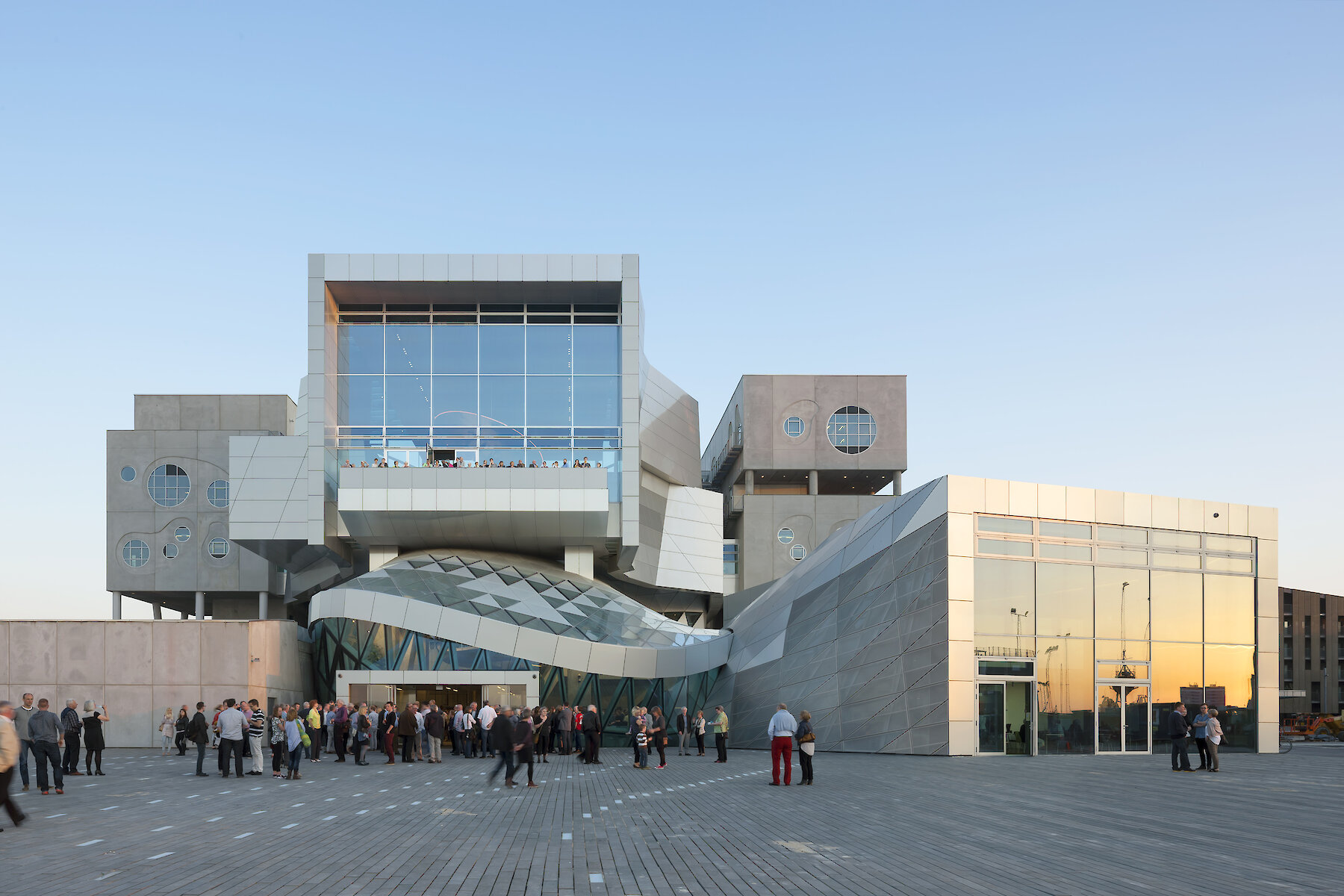
Duccio Malagamba
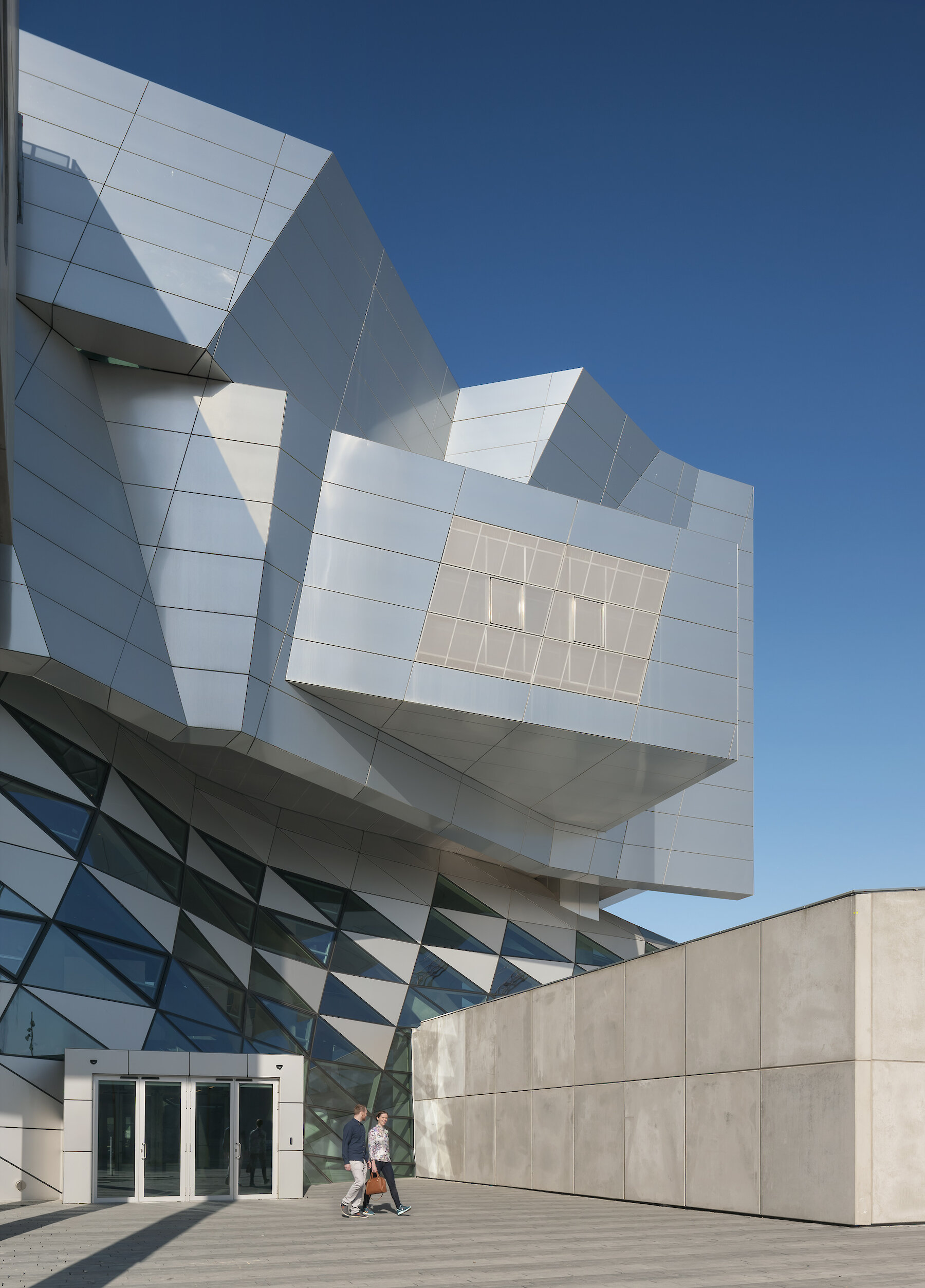
Duccio Malagamba
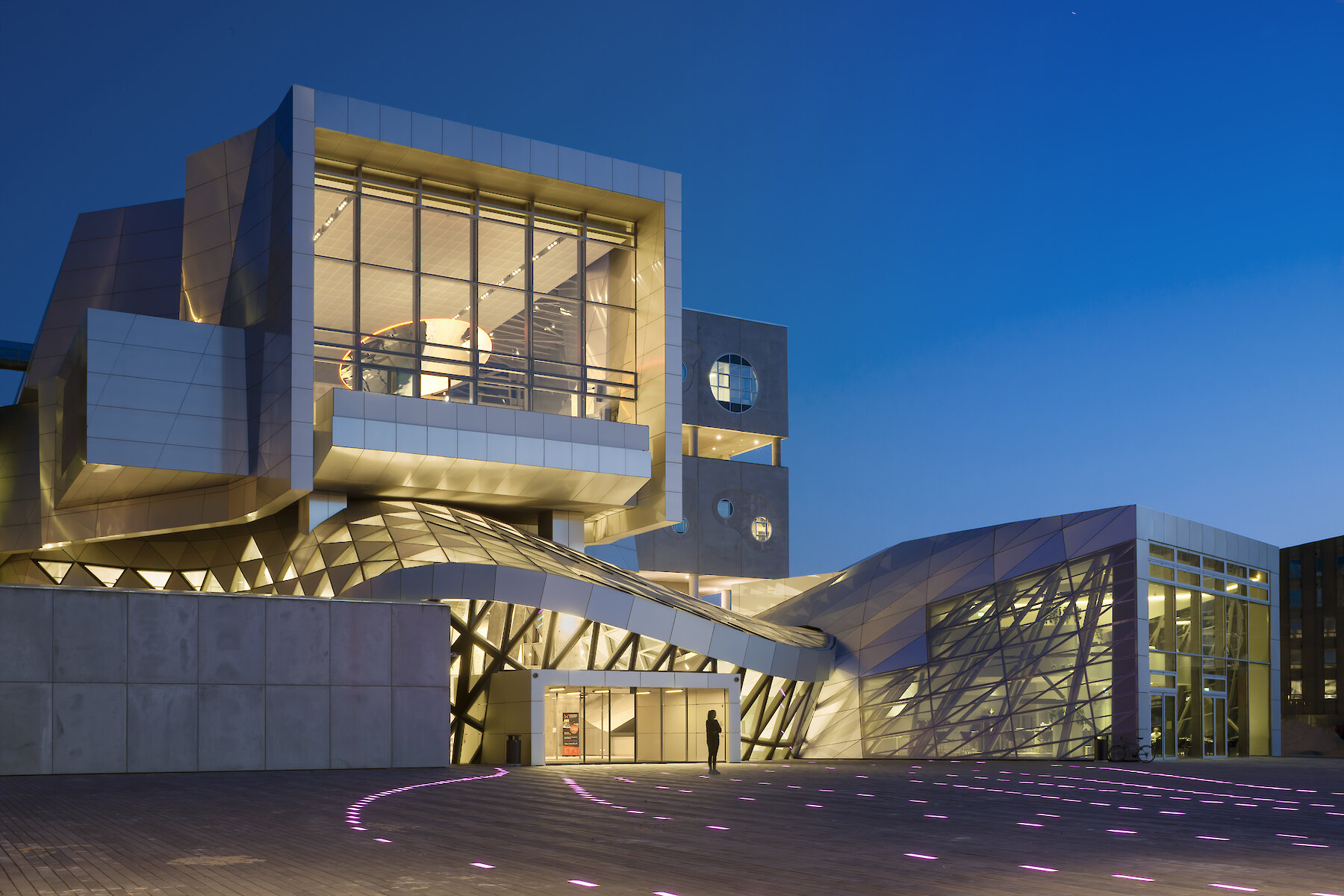
Duccio Malagamba
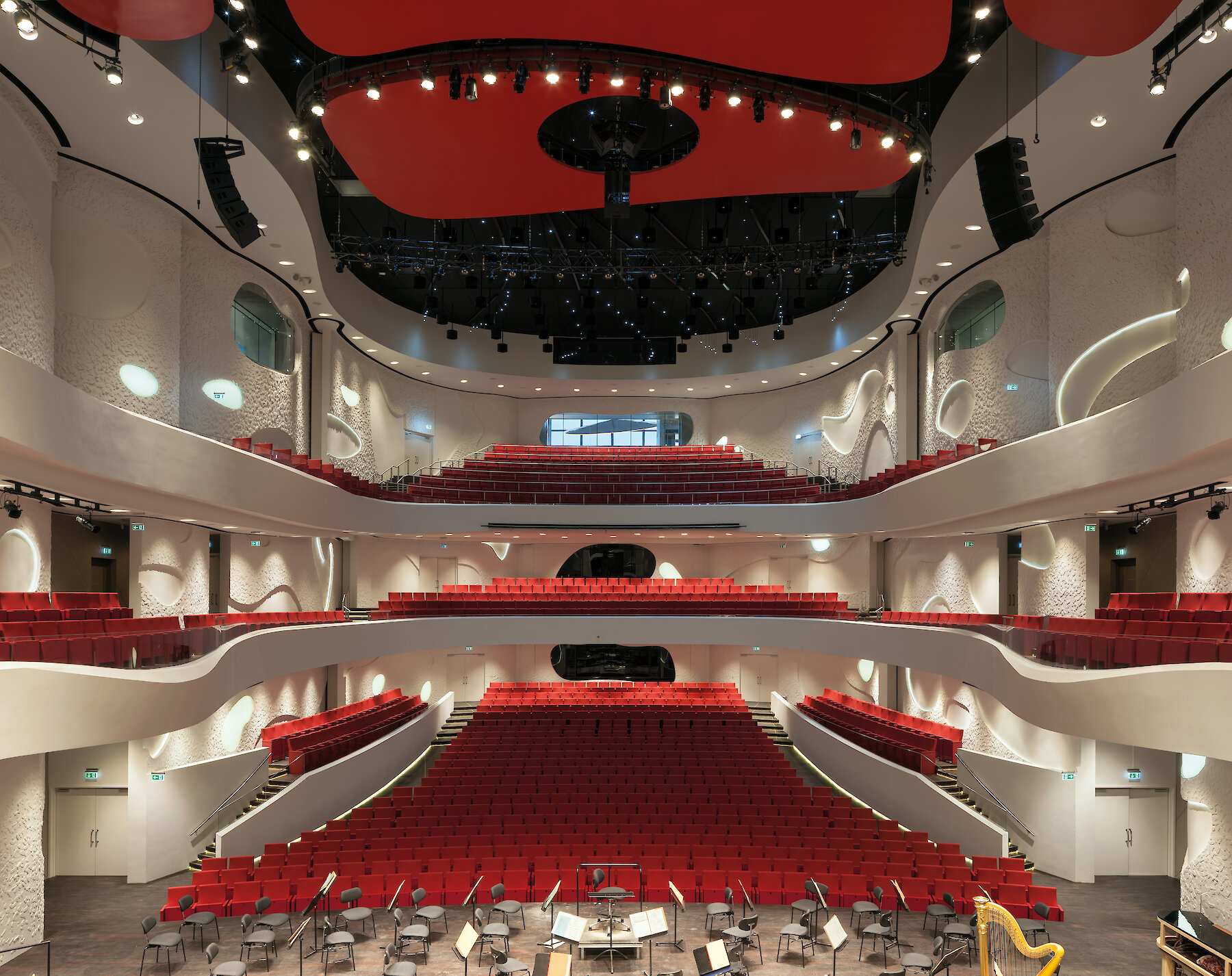
Duccio Malagamba

Duccio Malagamba
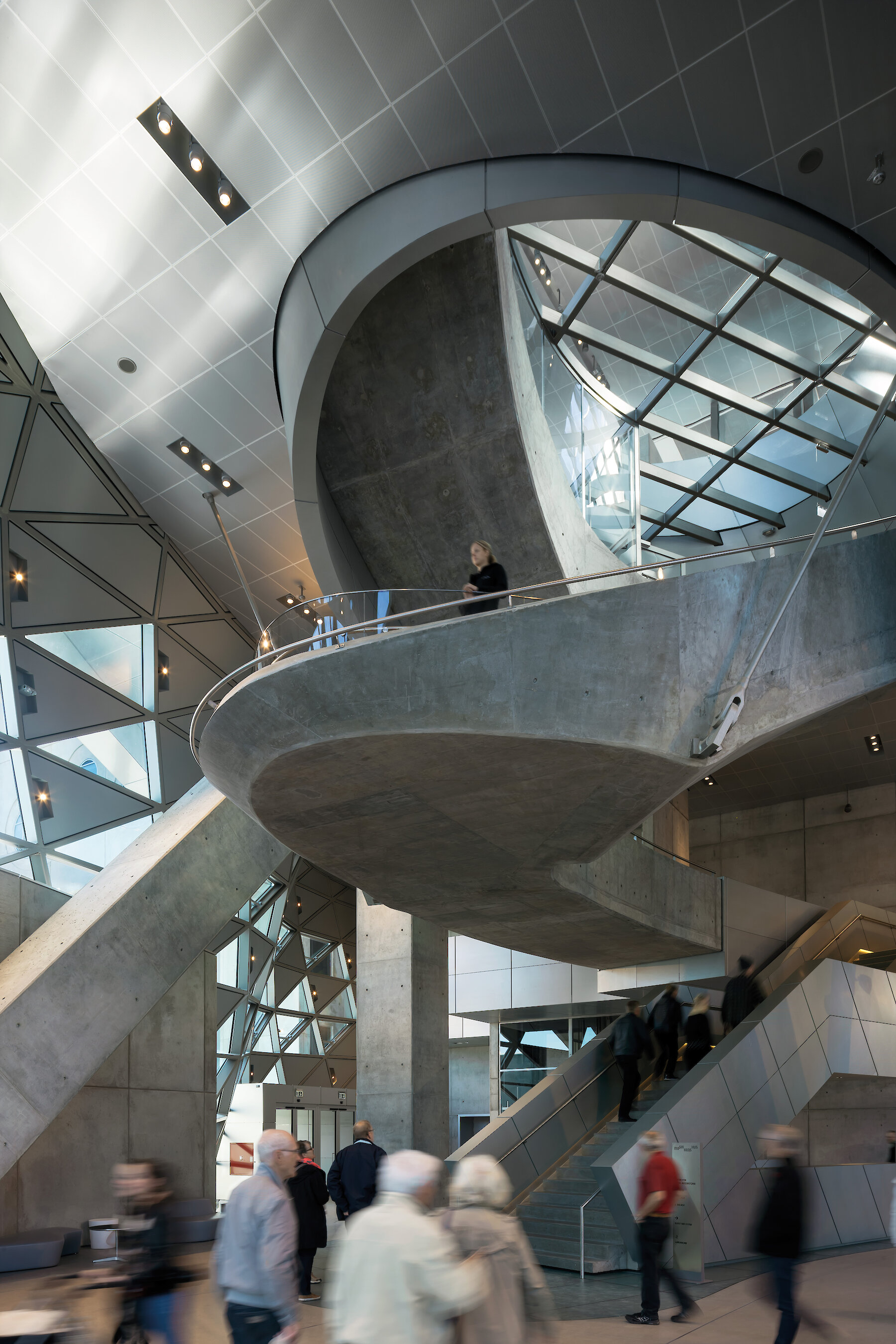
Duccio Malagamba
On the map
Related projects
Akron Art Museum
Akron, Ohio, USA
2001–2007


Museum of Contemporary Art & Planning Exhibition (MOCAPE)
Shenzhen, China
2007–2016





